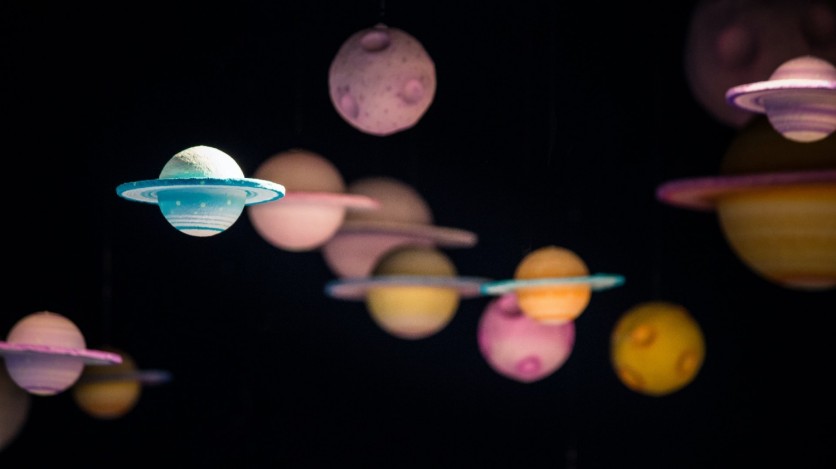Katie Vandorou, a Ph.D. student from the University of Tasmania (UTAS) has been accepted to work for NASA soon. Her study will involve measuring the mass of exoplanets that are light years away from the Earth.
Later this year, Vandorou will now go to the international space agency to apply her knowledge about gravitational microlensing.
University of Tasmania Student is Heading to NASA

Vandorou has an extreme interest in knowing more about the foreign celestial bodies in space. Given the fact that they are hard to spot since they do not have their own light, it's still possible to discover their behavior.
The UTAS student said that some distant planets in the galaxy are nearly 25,000 light-years away from our planet. Through gravitational microlensing, she will finally apply what she learned from her university.
This technique appears to be new since it involves the "chance alignment" of the entities beside Earth, including the star and its surrounding bodies.
How Gravitational Microlensing Works on Exoplanet
According to an updated report by ABC on Tuesday, Sept.14, the study involving the exoplanets does not only revolve around their existence.
What Vandorou aims to achieve in her NASA study is the properties of the exoplanets, such as distance and mass.
In some instances, she will also prove the existence of the exoplanets.
Vandorou's supervisor, Andrew Cole, said that they have been observing many space events so they could have a better look at what's in it. Specifically, they are focusing on objects that could only be seen from the southern hemisphere.
Cole, who is also an associate professor at the University of Tasmania, noted that even though several exoplanets have already been exposed, they were not all "interesting" to study.
At the moment, Vandorou is focused on searching for three exoplanet systems in the galaxy.
One of them is the MOA 2013 BLG-220L, which resembles the size of three Jupiters. Its orbits are measured as large as the sun.
Gravitational microlensing is also proven to be an effective detection technique to discover exoplanets. However, when it comes to recognizing the properties of the planet, it might yield inaccurate results.
For that part, Vandorou will need to use a special telescope based in Hawaii's W.M. Keck Observatory.
"Using Keck we can re-observe these systems several years after this microlensing event has occurred and get really accurate brightnesses of the stars and that translates to mass in astronomy," she said in a report by Fintech Zoom.
Currently, Vandorou's upcoming venture with NASA will allow her to be more exposed to the usual astronomical work. By using gravitational microlensing, she will continue to conduct her research and other follow-up observations for the exoplanets.
Can We Live on an Exoplanet?
In the latter part of July 2021, NASA's Kepler Space Telescope has become a huge help for astronomers who are interested in studying the binary systems of the planets.
The discovery has paved the way for the explanation of how the exoplanets manage to avoid getting crushed with planetary bodies.
Back in June, the scientists said that exoplanets can communicate through waves. When asked if these exoplanets are habitable, the researchers said that 29 of them might be livable for humans.
Related Article : NASA Artemis Tests Space Suit Fabrics by Firing Ballistic Air Guns, Rocks, and Mock Meteorites to Test its Safety
This article is owned by Tech Times
Written by Joseph Henry




![Most Useful Google Chrome Keyboard Shortcuts You Need to Know to Improve Your Browsing Experience [2024]](https://d.techtimes.com/en/full/449047/most-useful-google-chrome-keyboard-shortcuts-you-need-know-improve-your-browsing-experience-2024.jpg?w=184&h=103&f=476d29fd60df70a67f6679f99a2ca6d0)